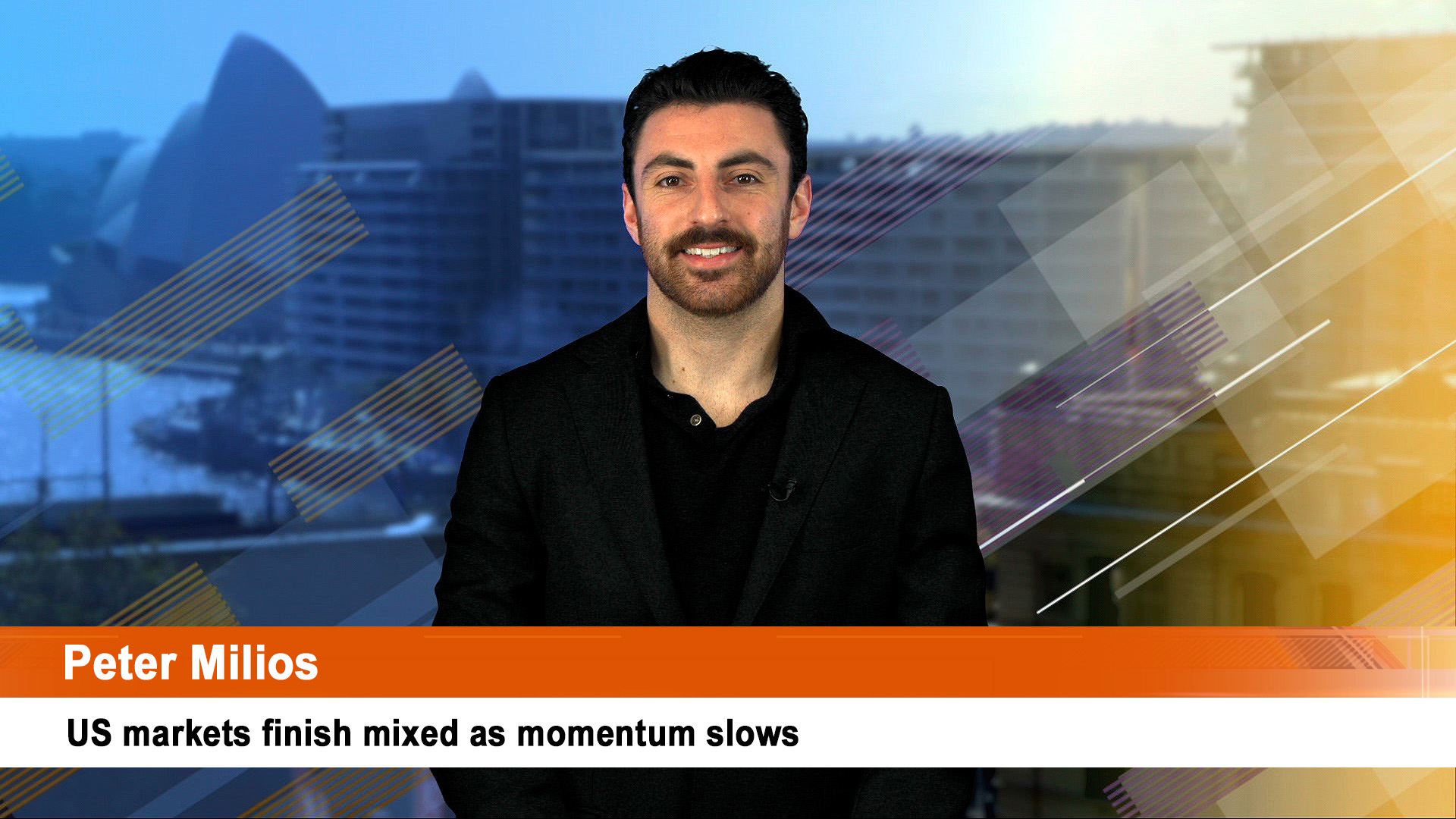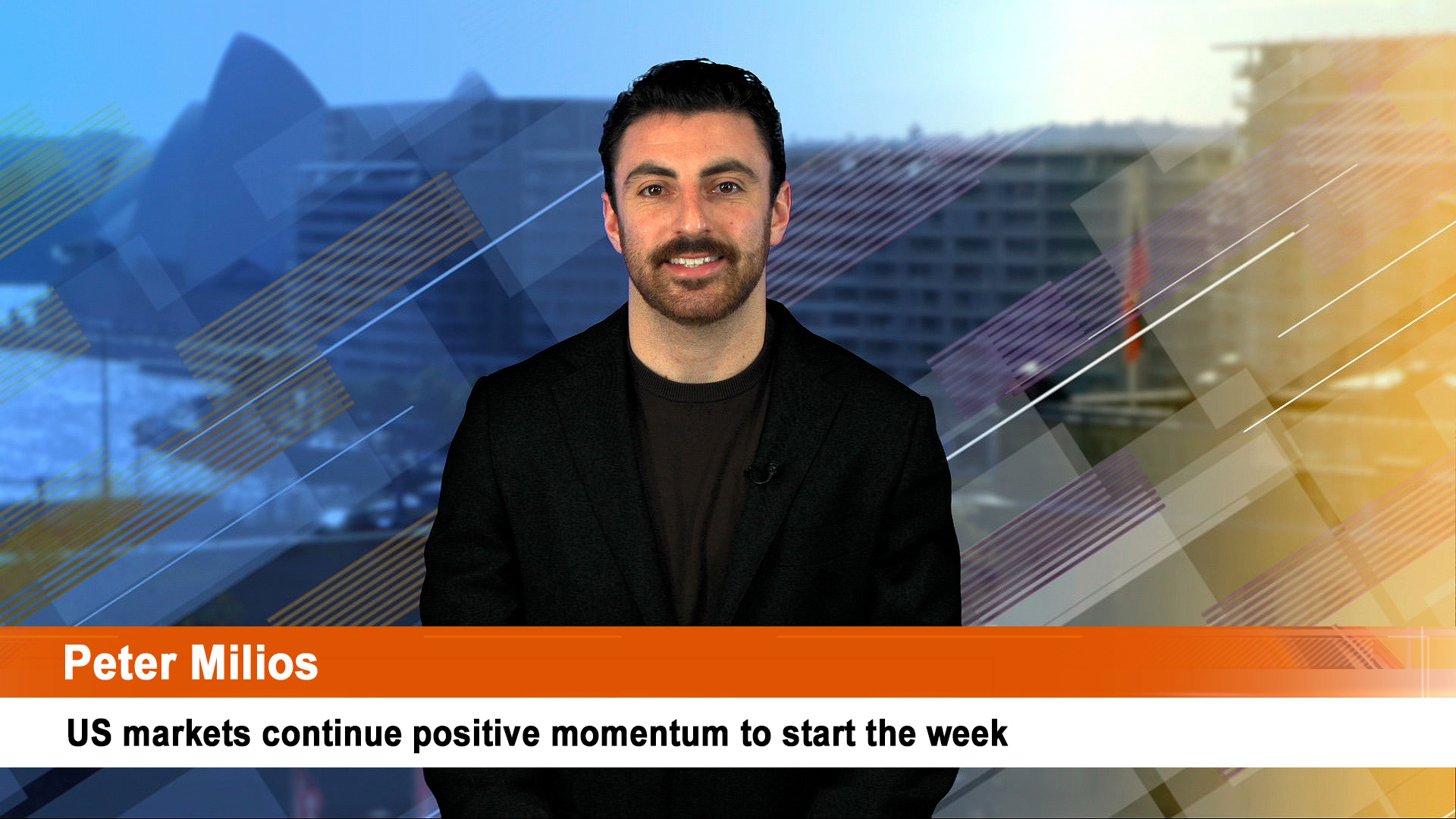The economy will – news flash! – dominate markets in Australia this week, with the Reserve Bank’s June meeting tomorrow and the March quarter’s economic growth figures on Wednesday.
There’s support from China’s trade and inflation data for May and none will be all that encouraging for sentiment.
Quite a few analysts now forecast that the Reserve Bank will lift interest rates again tomorrow – ostensibly because it is worried inflation is not falling and productivity is weak and won’t improve.
The AMP’s chief economist, Shane Oliver thinks the RBA should not lift rates but says the bank’s hawkish stance in April and May probably will see an increase of 0.25% this month, or in July.
But many forecasters think that we will get another 0.25% increase tomorrow to go with the surprise 0.25% rise in May.
That will take the cash rate to 4.1% and the big question will it be enough to end the rebound in house prices that started in March of this year?
Dr Oliver wrote at the weekend “Our assessment remains that the RBA has already done enough to slow the economy and bring inflation back to target and we are now seeing clear evidence of slowing demand in terms of falling real retail sales, falling building approvals, slowing plans for growth in business investment and early indications of a slowing jobs market.”
“As such we think the RBA should leave rates on hold and allow more time to assess the impact of past rate hikes. But the RBA’s hawkish bias, still high inflation and the rising impetus to wages growth – particularly flowing from the minimum and award wage increases – threatening to take it beyond levels consistent with the inflation target all point to the RBA raising rates again.
“It’s a close call but with an assessed 60% probability we are now allowing for another rate hike on Tuesday, and if not then in July.
“… the risk is steadily rising that the RBA will hike rates too far and knock the economy off the “narrow path” into recession. Whether the RBA hikes on Tuesday or not its guidance is likely to remain hawkish and Governor Lowe will likely provide an update on the RBA’s views at a speech on Wednesday,” Dr Oliver wrote at the weekend.
In the lead up to Wednesday’s GDP data release, the Australian Bureau of Statistics will release business indicators today and the March current account data as well as the government finance figures for the quarter.
Dr Oliver says we can expect March quarter GDP growth of just 0.3% for an annual rate of 2.4% (down from 2.7% in 2022), with a 0.6 percentage point detraction from both net exports and retail sales volumes, but a rise in business investment, construction (though dwelling investment will be a negative) and public spending.
The April trade surplus on Thursday is expected to remain high at around $14 billion, even though coal, LNG and iron ore prices were a bit weaker in the month.
Car sales data for May will also be released this week with analysts watching for the performance of electric vehicles, led by Tesla whose sales are rising quickly.
…………
If it hadn’t been for the RBA decision and the March GDP report, the two data releases from China would have had top billing for the week.
Both reports will tell us a lot about the health of the world’s second biggest economy which is not very solid, going on the activity surveys last week for manufacturing and services.
While the official manufacturing survey showed a deeper contraction, the private survey run by Caixin group surprised with a rise back to expansion with a reading of 50.9 from April’s 49.5.
The official survey looks at bigger companies (which export and import a lot), the Caixin survey looks at small to medium businesses.
But we know that industrial company profits across the spectrum fell 20.6% in the four months to April and there’s a belief that the trade and price data this week will not cheer anyone.
Economists forecast a 7% rise in exports in May, down from 8.5% in April, while imports are forecast to fall 5%, a bit better than the 7.9% drop in April.
The consumer price index is forecast to be up an annual 0.2% in May, compared to 0.1% in April (but this has surprised on the downside before this year) and producer prices are forecast to be down 2.8% from the 3.6% annual fall in April.
Moody’s economists think the inflation rate will be unchanged at 0.1%, which is teetering on the edge of deflation. “Underlying prices pressures are soft, with the end of the zero-COVID policy not delivering as strong a recovery in domestic demand as expected,” Moodys economists wrote on Friday.
China’s car sales data for May is also due for release this week. EV sales figures will again be watched closely.
…………
It’s a quiet week in the US with no important data releases except for final car sales data and pre-Fed meeting speculation. There’s a services sector activity survey results for May due for release tonight and the trade data for April on Wednesday.
As well The Bank of Canada is expected to leave its key interest rate steady at 4.5% but some US economists think there could be another 0.25% rise.
In Europe the final estimates of the euro zone’s first-quarter GDP will be released with a likely downward revision. Moody’s economists are forecasting zero growth during the period in contrast to the preliminary estimate of a 0.1% quarterly rise.
“This is mostly due to the strong downward revision in the German estimate. We expect to see consumption drag GDP lower, counterbalanced by contributions from net trade and investments.”
EU retail sales for April will be released and “will likely increase 0.5% month over month after a 1.2% drop in March. Consumer demand will remain weak, with only a minor rebound after the previous two months of declines.”













